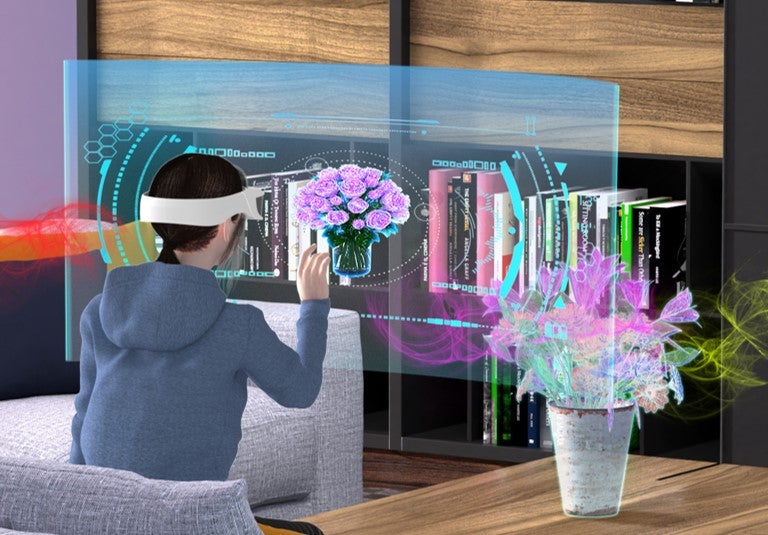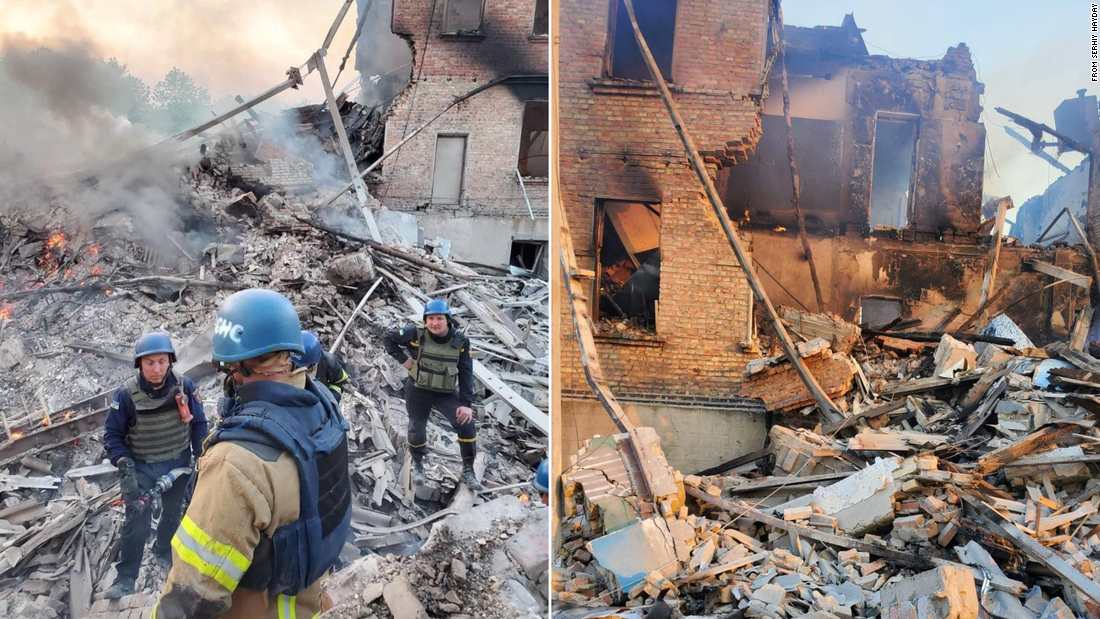
Satellite photo of Hunga Tonga-Hunga Haʻapai volcano on 15 January 2022, about 100 minutes after the eruption started
Simon Proud/Uni Oxford, RALSpace NCEO/Japan Meteorological Agency
The huge eruption of Hunga Tonga-Hunga Haʻapai volcano last year triggered a powerful underwater volcanic flow that destroyed hundreds of kilometres of telecommunications cables and reshaped the seafloor.
The blast in Tonga was the most powerful eruption of the 21st century, shooting ash 57 kilometres into the sky and causing 90-metre-high tsunami waves. “It was a really exceptional event,” says Michael Clare at the National Oceanography Centre in Southampton, UK.
The atmospheric impacts of the eruption were well documented. “But something really profound had happened on the seafloor and we didn’t know what it was,” says Clare.
Soon after the explosion, Clare and his colleagues decided to investigate the eruption’s impact on the bottom of the ocean.
Volcanic eruptions release a massive amount of material into the air, such as ash and lava. Some of this material quickly falls back down and forms what is known as a pyroclastic density current. “You’ll have seen loads of videos of it – imagine big clouds of really hot rock rolling down hillsides,” says team member Isobel Yeo, also at the National Oceanography Centre.
In the case of the Hunga Tonga-Hunga Haʻapai eruption, the material plunged straight into the ocean, producing a destructive underwater density current.
By mapping the locations of underwater telecommunication cables and when they were destroyed, the team calculated that the current must have travelled at 122 kilometres per hour.
The team also compared the map of the seafloor before and after the eruption and found that the density current travelled more than 100 kilometres across the bottom of the ocean, carving deep grooves along the way.
“This is the first time these underwater flows have ever been observed with modern technology,” says Clare. “The insights from the study have helped us to determine a hazard which wasn’t previously recognised as being potentially as big and significant as it is.”
Though it is hard to prevent the damage caused by volcanic eruptions, a better understanding of the resultant underwater density currents may help the telecommunications industry prepare for future events.
“The documentation of the impact of the Hunga-Tonga eruption to the seafloor geomorphology on the flanks of the volcano is a remarkable achievement,” says Charles Paull at the Monterey Bay Aquarium Research Institute in California. “The paper will likely be highlighted in geology textbooks for generations, both as it serves as a reminder of the scale of geologic hazards and as an end member [extreme example] of the types of sediment flows that occur on Earth.”
Topics:


























































